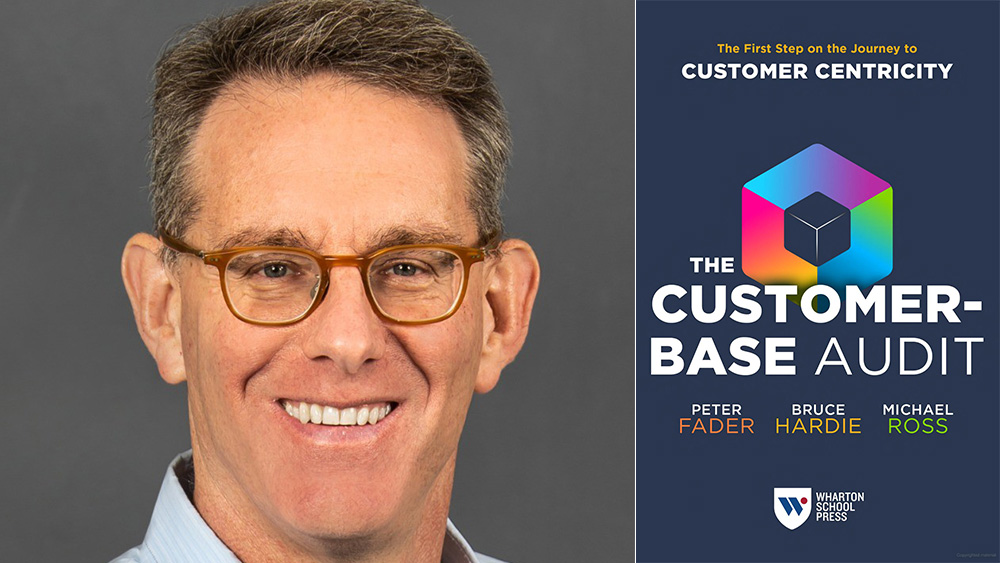
Peter Fader and two coauthors wrote The Customer-Base Audit: The First Step on the Journey to Customer Centricity — which provides more of a how-to for getting a deeper understanding of your customers’ past buying behavior to help predict the future.
To apply the concepts of customer centricity — which requires that you make the customer the focal point of all decisions related to delivering products, services, and experiences — to annual conferences, identify the attributes of your most frequent full-registration-paying attendees (top 5 or 10 percent) to your conferences over the past five years or so. Attributes may include firmographics like industry and number of employees and demographics like title, job function, and number of years in the profession. Design the education and networking experience to primarily meet the needs of this select audience. When you get this right, you will also serve and attract many other follow attendee segments.
Revenue by Cohort
Last year, Peter Fader and two coauthors published a follow-up book to Customer Centricity — The Customer-Base Audit: The First Step on the Journey to Customer Centricity — which provides more of a how-to for getting a deeper understanding of your customers’ past buying behavior to help predict the future.
One of the five lenses through which you can analyze your customers, according to the authors, is according to cohort — defined as grouping customers who were acquired in a given period of time. To start, track the year the customer first did business with you. This will enable you to analyze and predict future revenue contribution for each cohort. For B2B events, you want to understand how much of your revenue is coming from existing vs. new customers.
Attendance vs. Membership Cohorts
A similar analysis we use is to compare membership and attendee registration cohorts. This can be very insightful when identifying and making plans to strengthen the link between membership and premium conference participation. For this analysis, you’ll need a “member-since” date from your association management system or CRM. Here are a few how-to steps:
- Create four ranges for member duration. We like 0 – 2 years; 3 – 6 years; 7 – 9 years; and 10-plus years.
- Determine what percentage of your membership is in each of these ranges.
- Perform the same analysis using your attendee registration data. Usually, this data will not include the “member-since” date. To add the date they became a member to the attendee registration file, use the member ID field to do a VLOOKUP in Excel.
- Compare the two. What we often find is that members who have been customers the longest also tend to be the ones who attend your premium conferences at the highest rate. Conversely, new members invest in the most premium products at a much lower rate.
Target Audience
One of the other principles of customer centricity is to identify who are the “vital few vs. the useful many” customers for your organization, i.e., the smaller number of customers who attend every year vs. the larger number who attend with less frequency. For example, 50 percent of an organization’s sales over a three-year period may come from 20 percent of its vital customers. To arrive at the “vital few” who attend your annual conference, consider these four lenses:
- Who has the professional development budget to attend every year?
- Who are the economic buyers our top sponsors and exhibitors value most?
- What audience segments are tackling the biggest challenges or driving change?
- Which audience segments have the highest influence for referrals?
Dave Lutz, CMP, is managing director of Velvet Chainsaw Consulting.
On the Web
Read or watch McKinsey & Company’s Author Talks with The Customer-Base Audit coauthors Peter Fader and Michael Ross at convn.org/fader.
